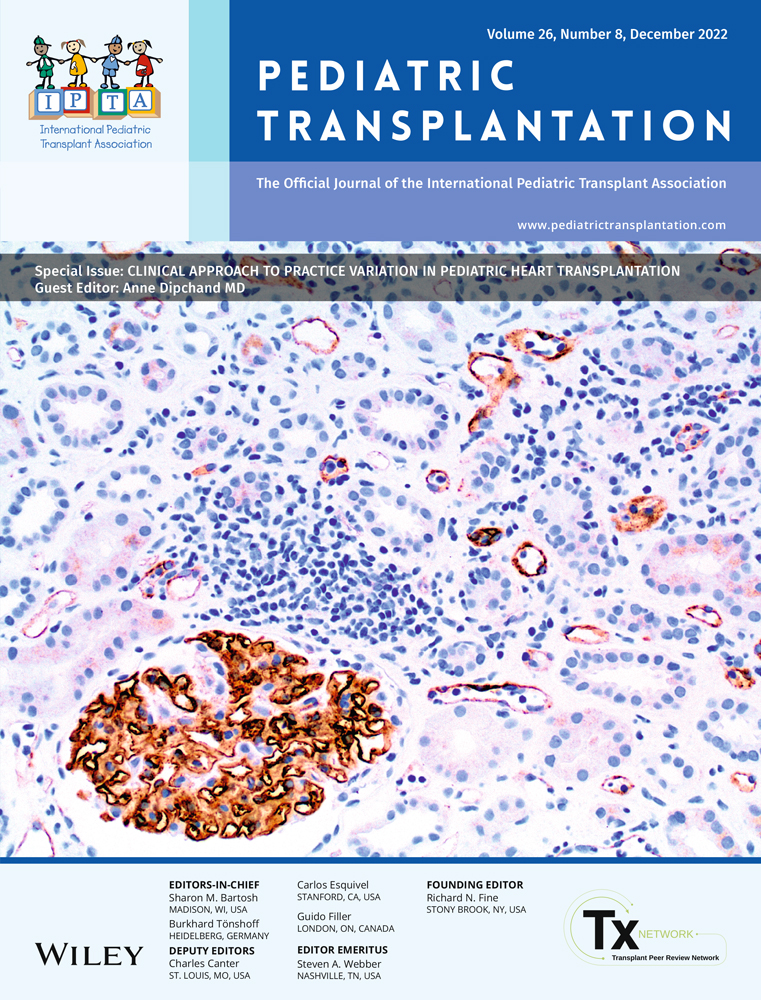Fatal nocardiosis infection in a pediatric patient with an immunodeficiency after heart re-transplantation
Abstract
Background
Nocardia infections are rare opportunistic infections in SOT recipients, with few reported pediatric cases. Pediatric patients with single ventricle congenital heart defects requiring HT may be more susceptible to opportunistic infections due to a decreased T-cell repertoire from early thymectomy and potential immunodeficiencies related to their congenital heart disease. Other risk factors in SOT recipients include the use of immunosuppressive medications and the development of persistent lymphopenia, delayed count recovery and/or lymphocyte dysfunction.
Methods
We report the case of a patient with hypoplastic left heart syndrome who underwent neonatal congenital heart surgery (with thymectomy) prior to palliative surgery and 2 HTs.
Results
After developing respiratory and neurological symptoms, the patient was found to be positive for Nocardia farcinica by BAL culture and cerebrospinal fluid PCR. Immune cell phenotyping demonstrated an attenuated T and B-cell repertoire. Despite antibiotic and immunoglobulin therapy, his symptoms worsened and he was subsequently discharged with hospice care.
Conclusion
Pediatric patients with a history of congenital heart defects who undergo neonatal thymectomy prior to heart transplantation and a long-term history of immunosuppression should undergo routine immune system profiling to evaluate for T- and B-cell deficiency as risk factors for opportunistic infection. Such patients could benefit from long-term therapy with TMP/SMX for optimal antimicrobial prophylaxis, with desensitization as needed for allergies. Disseminated nocardiosis should be considered when evaluating acutely ill SOT recipients, especially those with persistent lymphopenia and known or suspected secondary immunodeficiencies.
Open Research
DATA AVAILABILITY STATEMENT
Data sharing not applicable to this article as no datasets were generated or analysed during the current study.




